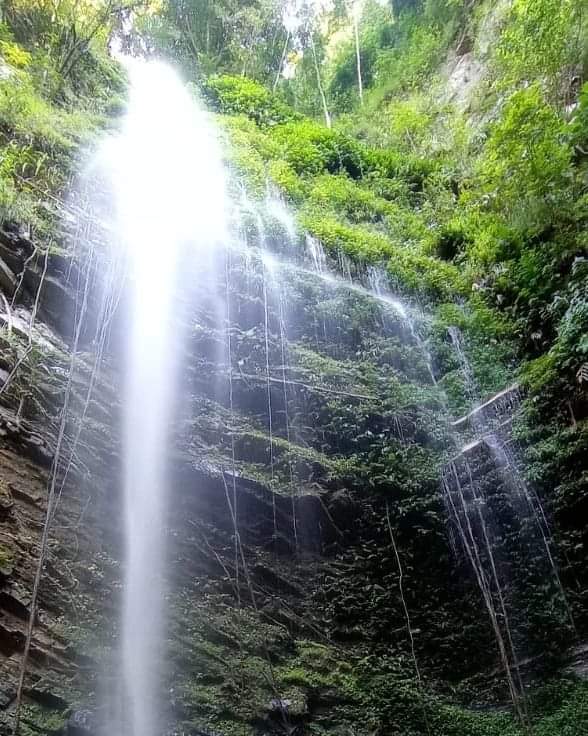
Longkhum Village
Mokokchung, India
- Attend local festivals (seasonal) for cultural immersion.
- Enjoy the panoramic views from the village ridge.
- Explore the Longkhum Stone and learn its significance.
- Interact with locals and learn about Ao Naga culture.
- Purchase local handicrafts and souvenirs.
- Trek through the surrounding hills and forests.
- Visit local houses and witness traditional architecture.
Known for:
Description:
Longkhum Village, nestled in the Mokokchung district of Nagaland, India, offers a captivating glimpse into the rich Ao Naga culture. Perched atop a ridge, the village provides breathtaking panoramic views of the surrounding hills and valleys. It's a haven for those seeking authentic cultural experiences and tranquility away from the bustling city life. The villagers are known for their warm hospitality and preservation of their traditional way of life. Explore the village's unique architecture, intricate handicrafts, and age-old customs. The iconic 'Longkhum Stone' holds significant cultural importance and is a must-see. Immerse yourself in the local traditions, witness vibrant festivals (if visiting during festival season), and savor the simple joys of rural life.
History:
Longkhum's history is deeply intertwined with the Ao Naga tribe. Oral traditions passed down through generations tell tales of migration, warfare, and the establishment of the village. Historically, Longkhum was a self-sufficient community relying on agriculture and traditional crafts. The village played a significant role in inter-village conflicts and alliances. With the advent of Christianity in the region, Longkhum underwent significant social and cultural changes, but the villagers have strived to preserve their ancestral heritage. The Longkhum Stone, a large monolith, stands as a testament to the village's past, believed to possess spiritual powers and linked to ancient rituals. The village continues to evolve, blending tradition with modernity, offering a unique perspective on Naga history.